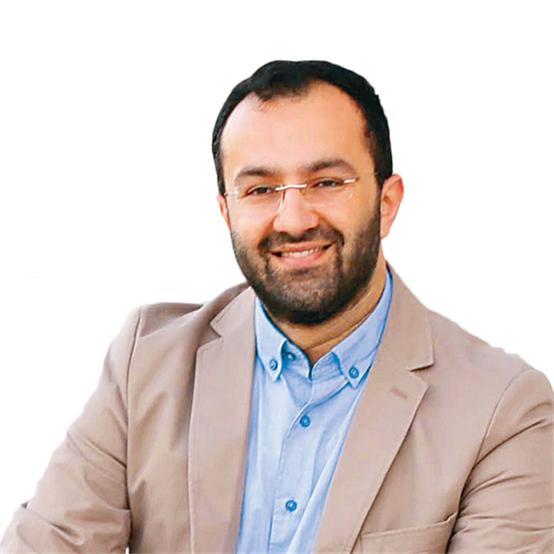The operation started jointly by the Iraqi military units, Kurdish peshmerga forces, Shiite militia and Arab tribal forces on October 17, 2016, with aerial support from U.S.-backed coalition forces, to save Mosul from Daesh, is in the final stage. With the clearance of the city’s west, Iraqi Prime Minister Haider al-Abadi is expected to shortly and officially announce the “vıctory of Mosul.”
Mosul, Iraq’s second largest city in terms of population before Daesh’s invasion, was predominantly Sunni. With Mosul no longer under the control of the Iraqi central government in 2014, two-thirds of the almost 3 million population left the region during this process. The city, which about 900,000 people also fled since October, appears almost abandoned. While the operation to save Mosul led to serious loss of civilian lives, the city’s western side has turned into complete ruins. One of the historical artifacts destroyed during the clashes is Mosul’s symbolic al-Nouri Mosque (Mosul Grand Mosque). Daesh leader Abubakr al-Baghdadi made his famous declaration of the caliphate on July 4, 2014 at this mosque.
According to a statement by United Nations authorities, the cost of rebuilding Mosul after the war is at least $3 billion. As it is stated that six of the 44 neighborhoods on the city’s west side are completely destroyed, it is noted that it will take two years of work to make Mosul livable once again.
The most important question post-war is whether Mosul’s demographic balances before Daesh can be protected. We can say that Mosul, which is one of the disputed areas between the northern Iraqi Kurdistan Regional Government (KRG) and the central Baghdad administration, will continue to remain one of the focus points of conflicts and political crises in the post-Daesh period as well.
* * *
* * *
Iraq is a country whose map was drawn at the table, where numerous races, religions and sects that had no experience of coexistence, were imprisoned within the same cage to almost “kill each other.” When we look at Iraq’s history from the early 1920s, this is why we see blood and tears alone. The liberators, those liberating from the liberators, those liberating from those liberating from the liberators… Iraq’s recent history consists of the non-stop repetition of this vicious circle. Every “salvation” phase is the precursor of periods bloodier than the one before.
Of course, it is always the civilians who suffer the greatest injury in all of these historic phases. In Iraq, where, from time to time, another segment becomes the victim based on the color of the ideology dominating the country, there is no ethnicity and religious class that has not experienced massacre and exile. It seems that these traumas, whose traces have remained throughout generations and have now become permanent, are going to pave the way for the division of Iraq in the not-so-distant future.
Similar to a marriage that started off on the wrong foot and is destined to end, it is impossible for Iraq to live in peace and calm in its current appearance. In the country that is physically divided in to three pieces, a long and tough struggle will be witnessed for this physical state to become official. The formation of Daesh was almost like the signal flare for this.
Will division bring peace to Iraqi peoples? Unfortunately, within the context of the Middle East’s current balances and dynamics, it is not possible to answer this in the positive either. Like a shirt whose first button is done up wrong, as Iraq’s problems originate all the way from its founding mentality and its roots, it is no longer possible to eliminate the chain of irrationalities through a change of map.




















